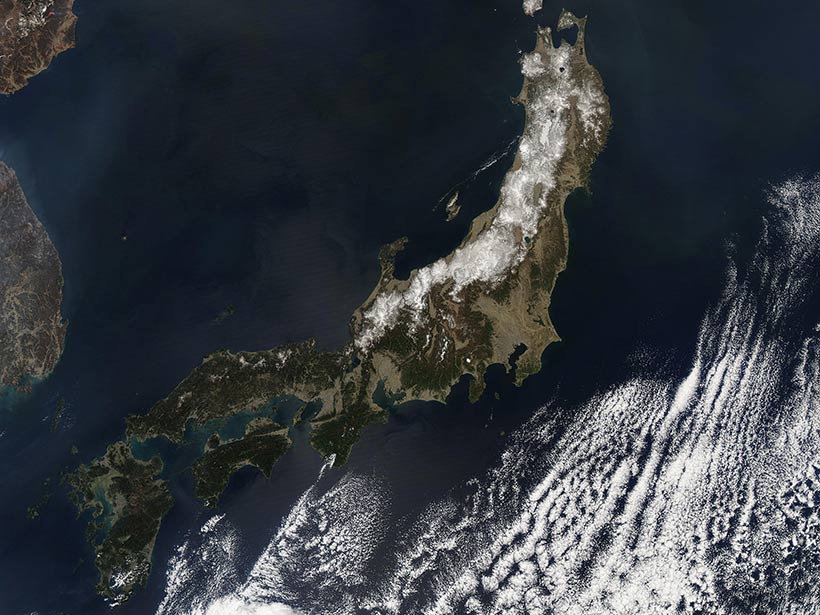Source: Geophysical Research Letters
The English language is replete with idioms that exalt the ground for its stability. From humans’ temporally limited perspective, the rocks beneath our feet do appear immovable and solid. However, beneath the ocean, at the boundaries of Earth’s continental plates, a slow-motion drama continually unfolds: Plates slowly grind against one another, swallowing each other up and building up massive amounts of energy. The active margins—the leading edges of the continental plates that are actively pushing into their neighbors—generate much of the tectonic commotion, creating earthquakes, volcanoes, and mountains. Curiously, in spite of all the action, scientists have observed that underwater landslides are less common at the active margins than elsewhere. Here Sawyer and DeVore confirm the trend and provide an explanation for the seemingly counterintuitive phenomenon.
The primary variable that determines the likelihood of a landslide is the ground’s shear strength—a number that reflects how resistant a substrate is to forces applied parallel to the plane of the material. A higher shear strength makes landscapes more resistant to landslides. To investigate whether the lack of landslides along active margins could be attributed to an increase in shear strength, the scientists analyzed core samples collected from active and passive margins around the world, using a device known as an automated vane shear. To their surprise, the data revealed that sediment cores from active margins were more resistant to shear forces—often by a factor of 2 or 3.
The mechanism that grants active margins’ increased shear strength is less clear, but the scientists postulate that repeated weak seismic shaking—below the threshold required to set off a landslide—may increase cohesive forces in the sediment. The results indicate that shear strength increased most dramatically in the top 100 meters of sediment, especially in the top 10 meters, directly below the ocean floor. The authors point out that 100 meters of sediment may take 100,000 to 1 million years to accumulate on the ocean floor. In that same time period, the area is likely to experience thousands of quakes, and each one may gradually compact and consolidate the earth. (Geophysical Research Letters, doi:10.1002/2015GL066603, 2015)
—David Shultz, Freelance Writer
Citation: Shultz, C. (2016), Earthquakes may prevent underwater landslides, Eos, 97, doi:10.1029/2016EO049289. Published on 4 April 2016.
Text © 2016. The authors. CC BY-NC-ND 3.0
Except where otherwise noted, images are subject to copyright. Any reuse without express permission from the copyright owner is prohibited.

